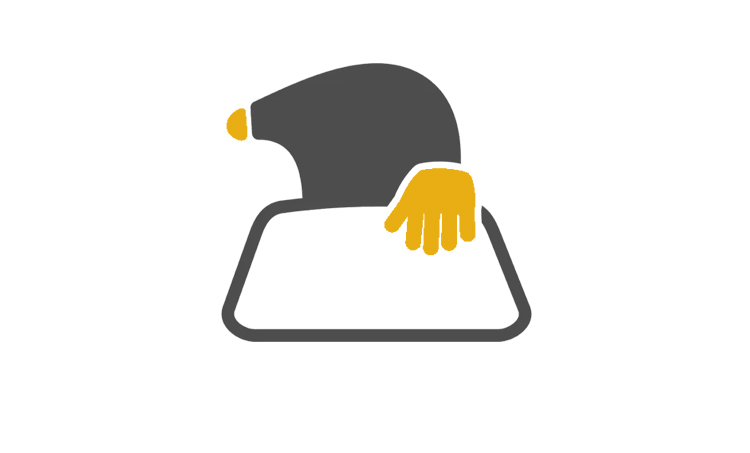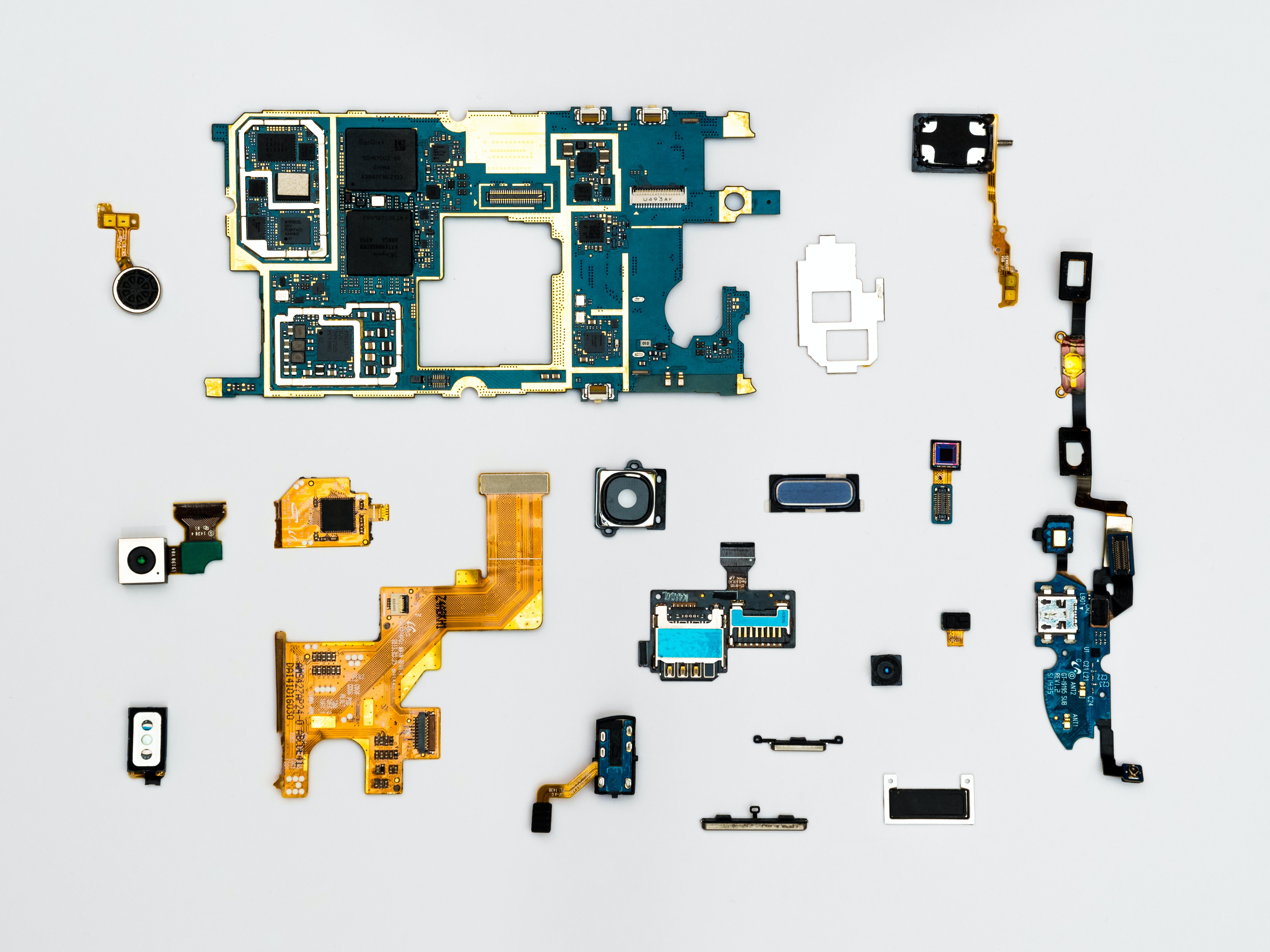When you hear the term lone worker, who comes to mind? From community nurses and security guards to field technicians and night-shift cleaners, millions of people now perform their duties without direct supervision. While independence can increase productivity, it also heightens exposure to risk; accidents may go unnoticed, medical events can escalate, and emergencies often face delayed response. As workplaces evolve and remote operations expand, ensuring these workers are never truly “alone” has become a top priority. Understanding how technology bridges this gap is the first step toward building a safer, more connected workforce.
When Traditional Safety Methods Fall Short
For many organisations, lone-worker safety still depends on outdated processes, scheduled phone check-ins, manual logs, or two-way radios. While these methods may appear reliable, they leave wide gaps in visibility and response. A missed call or misplaced record can mean precious minutes lost in an emergency. Without automatic alerts or real-time tracking, supervisors often have no clear picture of a worker’s status or location. Beyond safety, these gaps increase exposure to compliance risks under WHS regulations. Modern workplaces need proactive systems that do more than record presence; they must detect incidents instantly and ensure help arrives without delay.
Smart Technology That Keeps Every Worker Connected and Protected
Technology now makes it possible to protect lone and remote workers in ways that were once unimaginable through connected devices, mobile apps, and cloud-based monitoring platforms, organisations can maintain constant visibility and communication with their teams. Real-time location tracking, automatic duress alerts, and fall detection are transforming how incidents are identified and managed. Instead of reacting after something happens, safety teams can respond the moment a risk is detected. The result is faster emergency response, stronger compliance, and greater peace of mind for everyone involved. Below are key technologies that make this level of protection possible.
a. GPS Tracking That Puts Every Worker on the Map
GPS tracking gives supervisors the ability to see where lone workers are at any time whether they’re on-site, in transit, or in remote areas. If an incident occurs, responders can locate the worker immediately and direct assistance to the exact location, reducing search time and uncertainty. This visibility also helps verify safe arrival and task completion, creating accountability and confidence for both workers and management. When integrated into a central monitoring system, GPS tracking becomes a critical link between operational oversight and personal safety, ensuring no one ever goes unnoticed when they need help most.
b. Man-Down and Duress Alarms That Call for Help Automatically
In high-risk environments, seconds matter. Man-down and duress alarms are designed to detect when a worker has fallen, stopped moving, or manually triggered an SOS alert. These automatic features send instant notifications to monitoring teams or emergency contacts ensuring that even if a worker is unconscious or unable to speak, help is still on the way. For those in healthcare, construction, or security roles, this layer of automation turns every shift into a safer one. It removes dependence on manual reporting and provides continuous reassurance that support is always within reach.
c. Instant Communication Tools That Bridge the Distance
When employees work alone or across dispersed sites, staying connected is critical. Two-way communication tools whether through mobile apps, wearable devices, or integrated platforms allow workers to speak directly with supervisors or emergency responders at any time. Quick access to assistance reduces panic and speeds up decision-making during incidents. Beyond emergencies, these systems improve day-to-day coordination, helping managers verify check-ins, assign tasks, and provide reassurance. By keeping communication lines open, organisations foster trust and ensure that every lone worker feels supported, even when physically isolated from the team.
d. Digital Reporting That Simplifies Compliance
Managing lone-worker safety isn’t only about responding to emergencies it’s also about maintaining proof of compliance. Digital reporting systems automatically log check-ins, incidents, and responses in real time, eliminating the need for manual documentation. This data becomes invaluable during audits or investigations, demonstrating that duty-of-care obligations have been met. For safety managers, it reduces paperwork and streamlines reporting, freeing up time for proactive risk management. By combining automation with transparency, digital reporting ensures safety records are accurate, accessible, and compliant with WHS standards without the administrative burden.
Beyond Safety: The Human Benefits of Smarter Systems
Technology does more than protect it. When employees know that someone is always aware of their safety status, stress and anxiety drop significantly. Confidence rises, productivity improves, and staff feel valued by their organisation. For managers, these tools build trust and show genuine commitment to worker wellbeing. Instead of viewing monitoring as oversight, teams see it as partnership and care. This human element feeling connected, supported, and protected is what turns safety systems into a culture of wellbeing. A strong safety culture not only prevents harm but also strengthens retention and morale across the entire workforce.
What to Look for When Choosing a Lone-Worker Safety Solution
Selecting the right safety solution starts with understanding what truly matters. Look for systems that offer reliable connectivity, accurate location tracking, and automatic alerts without being complicated to use. Devices should be lightweight, intuitive, and suited to your team’s environment whether indoors, outdoors, or remote. A strong platform will also include 24/7 monitoring, data security, and easy integration with your existing processes. Most importantly, choose a provider that supports you beyond the technology, offering training, reporting tools, and responsive service. The right solution doesn’t just meet compliance, it builds lasting confidence in worker protection.
Building a Safer, Smarter Future for Every Worker
Adopting safety technology is about more than meeting compliance requirements; it’s about creating workplaces where people feel genuinely protected and valued. By combining intelligent monitoring with thoughtful processes, organisations can respond faster, reduce risk, and strengthen trust between teams. Every alert, report, and connection becomes part of a culture that puts wellbeing first. As technology continues to evolve, the goal remains the same: to ensure that every worker, no matter how remote, is never truly alone.






